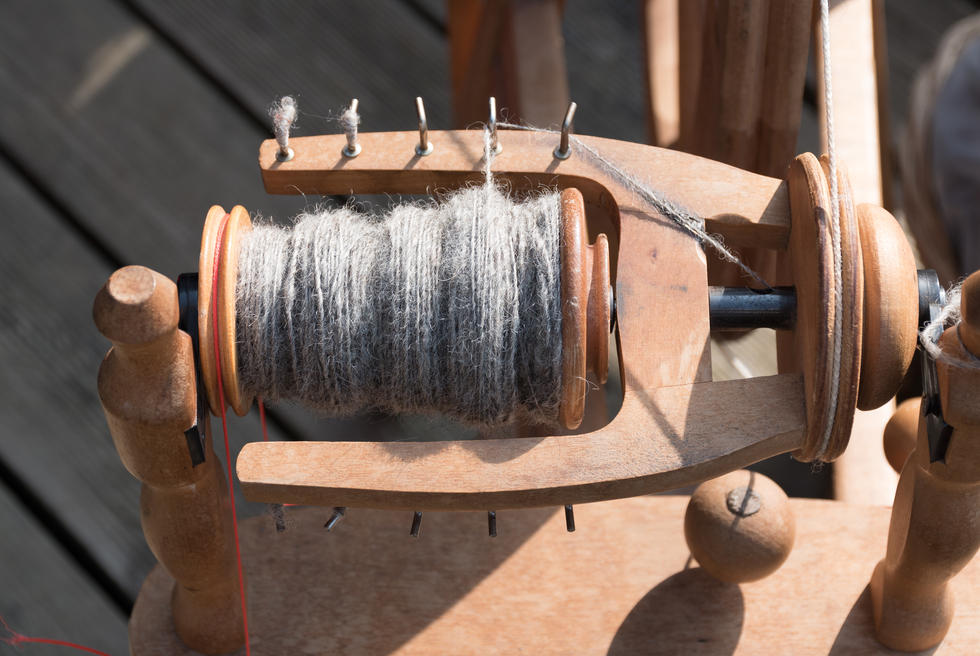
EGYPT: The ancient Egyptians, known for their advanced civilization, played a significant role in the early history of textiles. Around 3400 BC, they utilized the abundant flax cultivated along the Nile to create linen, which marked the genesis of textile production. Intricate wall paintings found in the pyramids illustrate the laborious process of flax harvesting, thread production, and weaving on looms. Linen, versatile and durable, found application in various aspects of Egyptian life, from the grandiose garments worn by royalty to the humble loincloths donned by peasants. Impressively, it was even employed in the construction of sails for their seafaring vessels. Notably, the importance of linen extended beyond the living, as it played a vital role in the embalming process, with the wealthy being wrapped in linen strips for their journey into the afterlife.
CHINA: Simultaneously, in China around 2600 BC, the production of silk began, marking the inception of one of the most sought-after textiles in history. Legend has it that Empress His-Ling Shi stumbled upon the wonders of silk when a silkworm’s cocoon accidentally fell into her tea, unraveling to reveal its lustrous fibers. Initially reserved for the elite, the gradual accessibility of silk to the broader population, facilitated by the flourishing Silk Road trade route, not only contributed to its widespread popularity within China but also led to its introduction to Europe, where it became highly coveted.
THE MIDDLE AGES: Moving into the Medieval era, the textile landscape underwent further evolution. While luxurious silks and taffetas graced the corridors of the royal court, the common people relied heavily on sheep’s wool for their clothing needs. Wool, appreciated for its insulating properties and durability, became the primary material for crafting warm and sturdy garments. This period also witnessed a notable shift in the use of natural dyes, adding vibrancy and color to the practical attire of the lower classes. In addition to wool, leather and fur gained prominence for their ability to provide warmth and protection against the harsh elements, highlighting the ingenuity of medieval textile production.
THE INDUSTRIAL REVOLUTION: The turn of the 19th century brought about a revolutionary shift in textile manufacturing with the advent of the steam engine and the subsequent introduction of the power loom. This transformative innovation paved the way for the mass production of textiles, significantly improving the quality and efficiency of fabric manufacturing. The impact of the power loom was not confined solely to the textile industry but also permeated the everyday lives of the working class, altering the dynamics of labor and production on a global scale.
THE ERA OF SYNTHETIC FABRICS: In the early 20th century, the textile industry experienced yet another milestone with the discovery and introduction of synthetic fibers. The 1930s marked the beginning of a new era characterized by the incorporation of chemically derived fibers, manufactured through intricate spinning and twisting processes. These synthetic fibers boasted several advantages over their natural counterparts, including enhanced durability, ease of maintenance, resistance to mold, and a more cost-effective production process. The introduction of synthetic fabrics not only broadened the scope of textile applications but also paved the way for further innovations that have continued to redefine the industry to this day.
